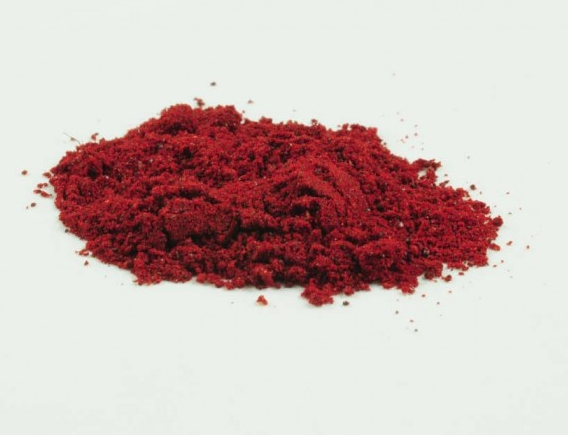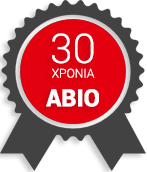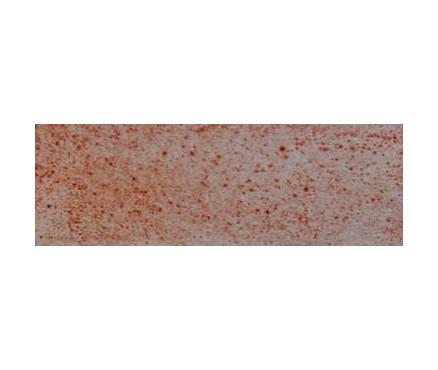ABIO - Main Component
Ν.37000 Αίμα του δράκου-20γρ

from “Pitman’s Common Commodities and Industries, GUMS & RESINS – by Ernest J. Parry, London; Printed by Sir Isaac Pitman & Sons, Ltd, Bath, England, v-(1465E and other editors)) CAS No.: EINECS: C.I. Number: 9000-19-5 232-530-5 Natural Red 31.75200
The resin known as dragon’s blood or “Sanguis draconis” is the product of a large species of rattan palm, Daemonorops draco, a native of the islands of the Indian Archipelago, but principally produced in Sumatra and Borneo. This variety is knows as “Palm dragon’s blood”. Socotra dragon’s blood is the produce of Dracaena cinnabari, and is produced in Socotra, South Eastern Asia and the West Indies. Dragon’s blood is imported in the form of cylindrical rolls about 1 in thick and 10 to 12 in long, wrapped in palm leaves, in small balls, lumps. The constituents of dragon’s blood are resin acids, alcohols, and esters, of very complex constitution. The red resin was used as varnish, medicine, incense, and dye in ancient times. The dragon's blood known to the ancient Romans was mostly collected from D. cinnabari, and is mentioned in the 1st century Periplus (30: 10. 17) as one of the products of Socotra. Socotra had been an important trading centre since at least the time of the Ptolemies. Dragon's blood of both Daemonorops draco and Dracaena cinnabari were used as a source of varnish for 18th century Italian violinmakers. The resin is quite dark, red in color, and opaque is used principally as a stain or red spirit varnish. When powdered it yields a crimson-colored powder. It is entirely soluble in alcohol, except for the presence of a small amount of mechanical impurities, such as vegetable fiber or sand. According to Dietrich, palm dragon’s blood, which is the finest variety, alone answers to the “draco-alban” test, which thus discriminates between Sumatra and Socotra dragon’s blood. The test is as follows: ten grams of powdered dragon’s blood are extracted with ether, and the ethereal extract poured into absolute alcohol. If the resin is Sumatra dragon’s blood, a white resinous precipitate is formed, which is not the case with Socotra resin. The saponification value of dragon’s blood varies from 135 to 145. Colophony can be detected by the Storch-Morawski reaction.
 ΤΟ ΚΑΛΑΘΙ ΜΟΥ (0)
ΤΟ ΚΑΛΑΘΙ ΜΟΥ (0) 











 ΤΗΛ 210-7707587
ΤΗΛ 210-7707587